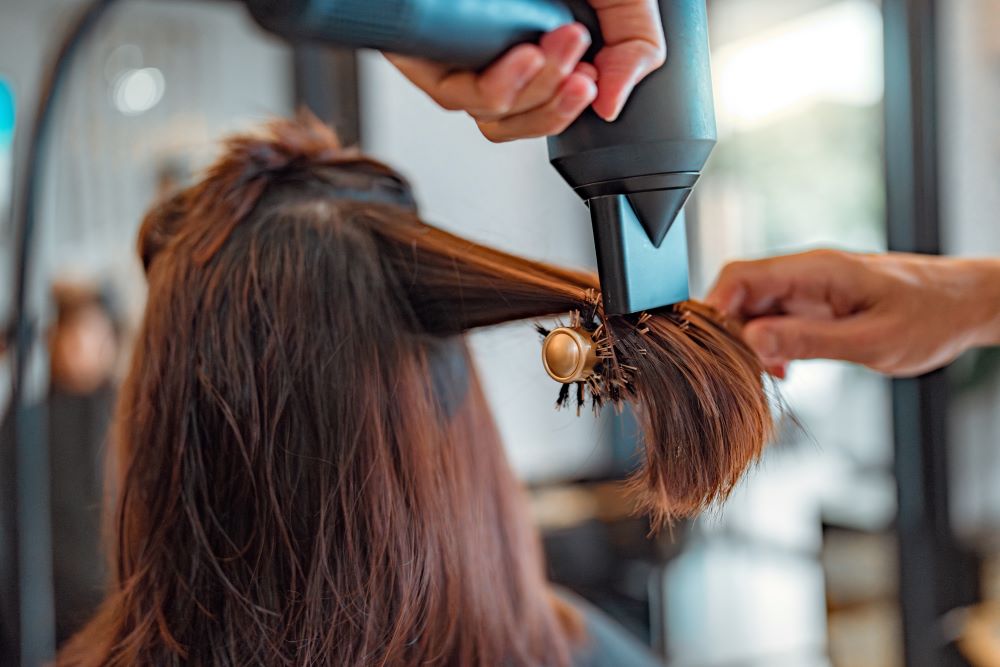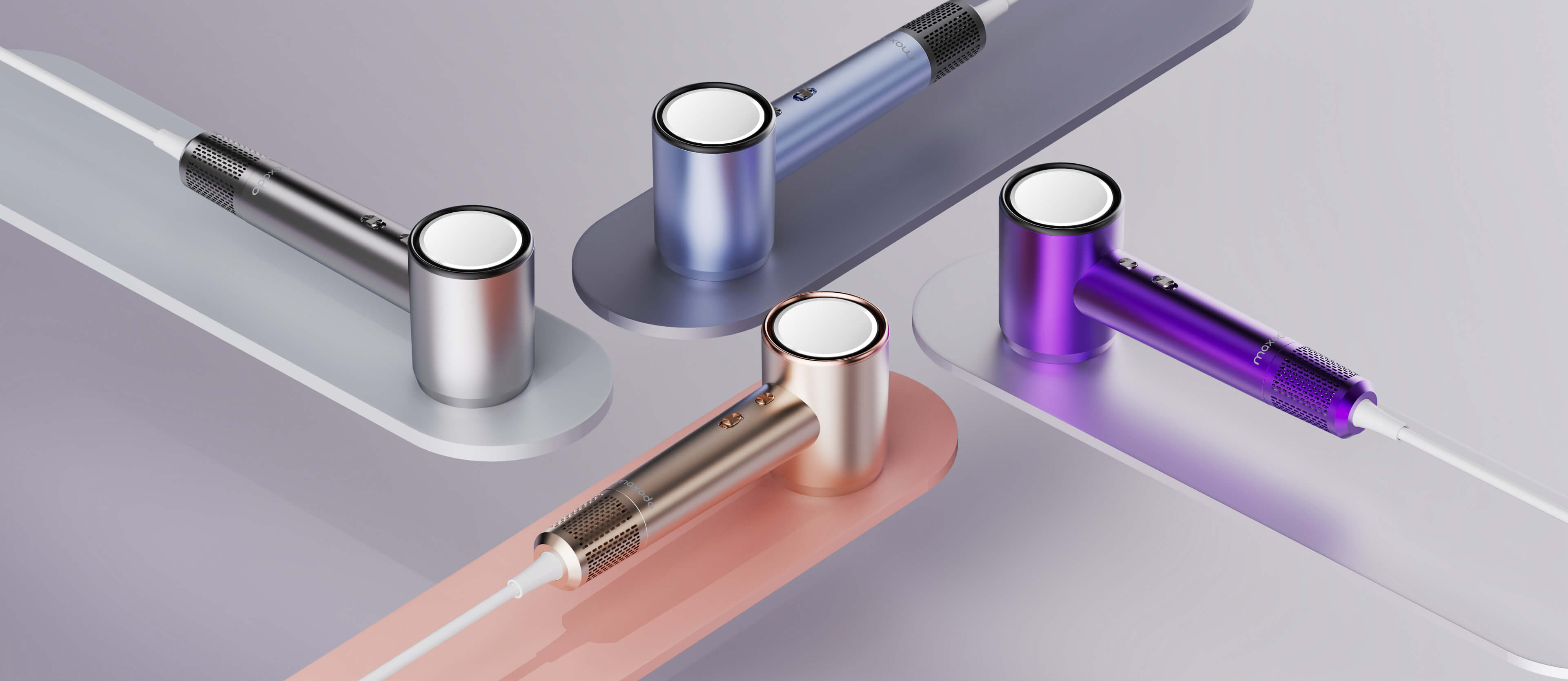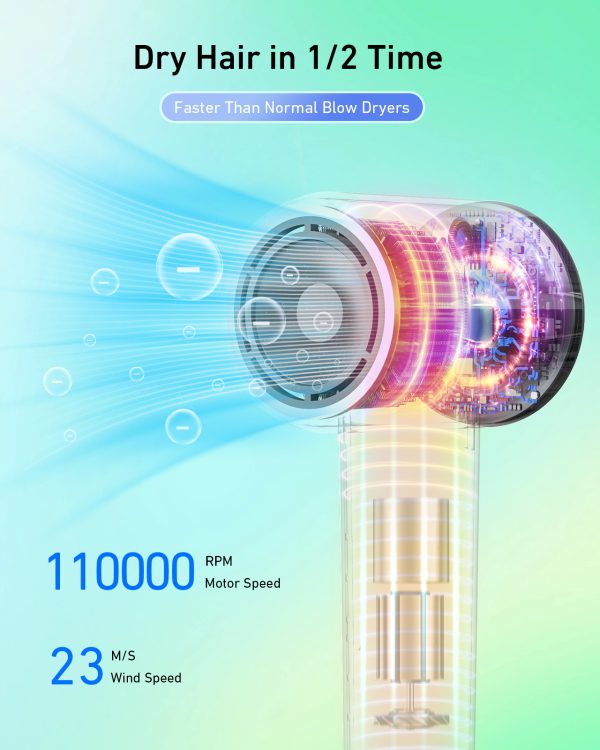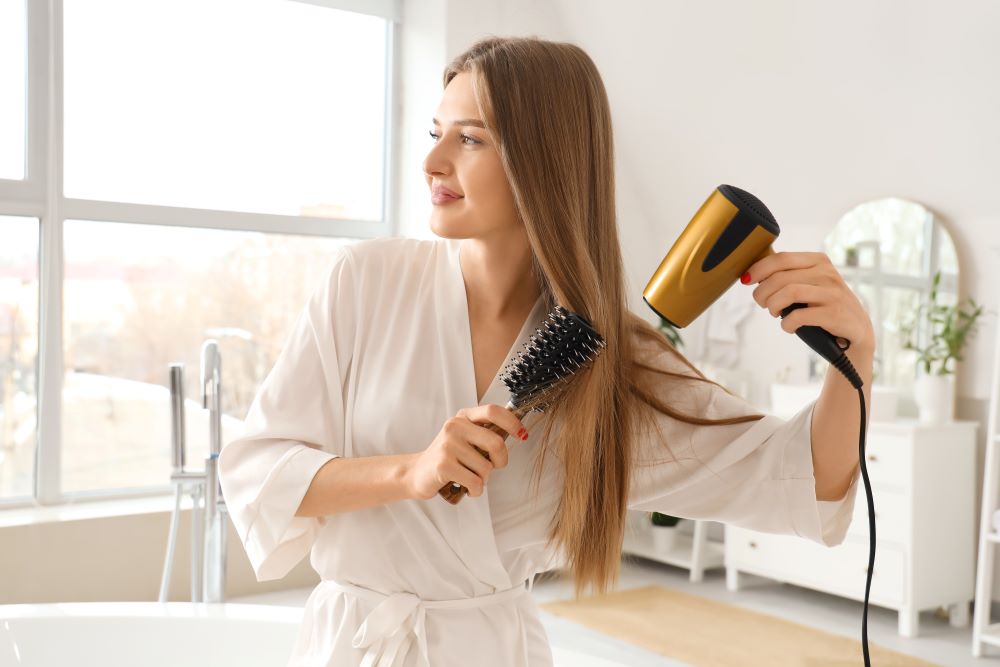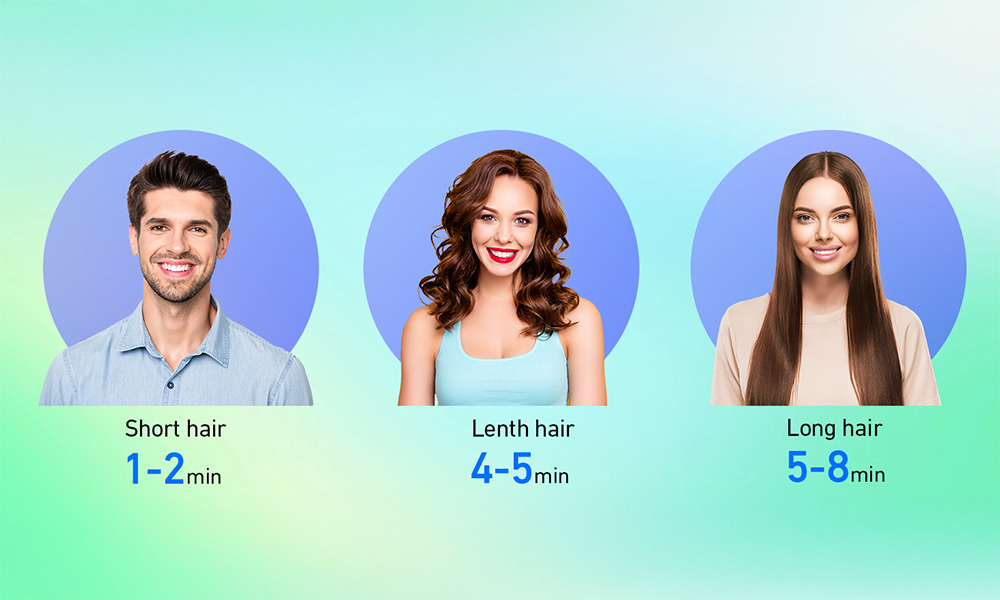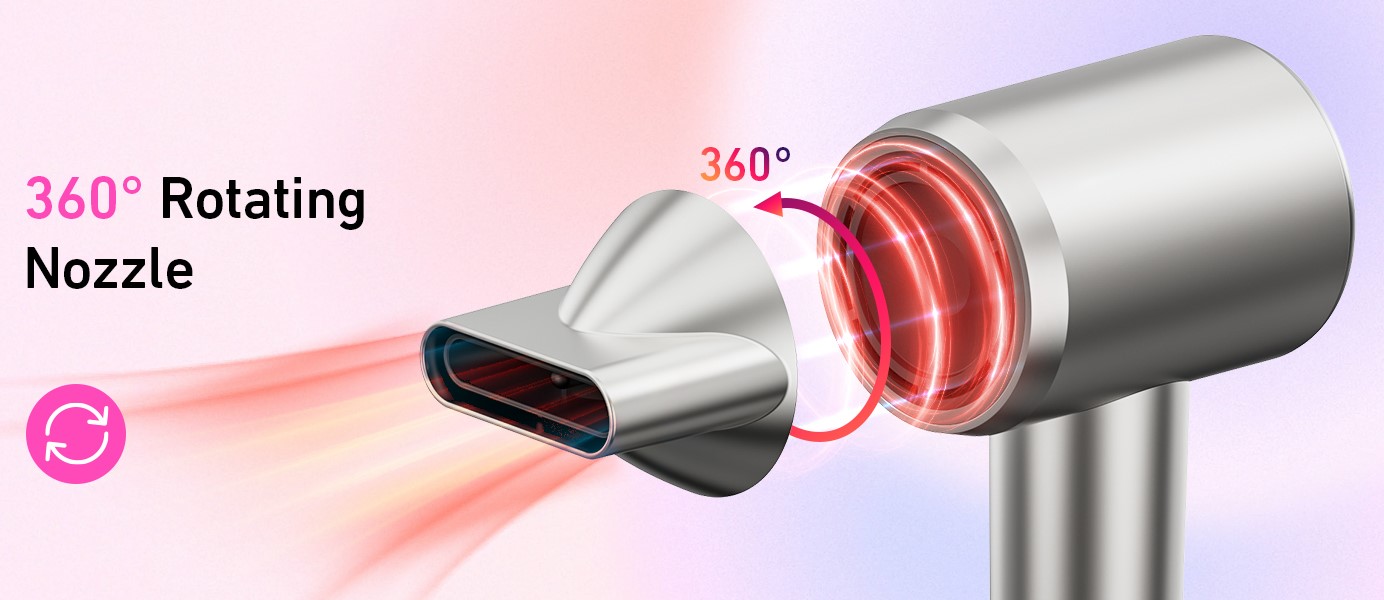
- Home
- Hair Dryer
- Best Picks
- High-Speed Hair Dryers: A Time-Saving Revolution or Just Hot Air?
High-Speed Hair Dryers: A Time-Saving Revolution or Just Hot Air?

Hair dryers have long been an indispensable tool in the beauty arsenal of both professionals and home users, evolving significantly since their inception in the early 20th century. From bulky, often dangerous machines to the sleek, efficient devices we use today, hair dryers have undergone a remarkable transformation. The latest innovation in this ongoing evolution is the high-speed hair dryer, a device that promises faster drying times and healthier hair through advanced technology. This introduction of high-speed technology has garnered significant attention, prompting both excitement and skepticism among consumers.
Overview of the Evolution of Hair Dryers
The first models of hair dryers were introduced in the 1920s. These early versions were large, heavy, and inconvenient, with many posing safety risks due to overheating. Over the decades, hair dryers have become more user-friendly and safer, with manufacturers incorporating materials like plastics to reduce weight and improve insulation. The 1960s and 70s saw the integration of electrical safety features and multiple heat settings, enhancing user control. By the 2000s, ionic and ceramic hair dryers emerged, boasting technology that could reduce heat damage and improve hair’s health. Today, the focus has shifted towards optimizing drying time and energy use, leading to the rise of high-speed models.
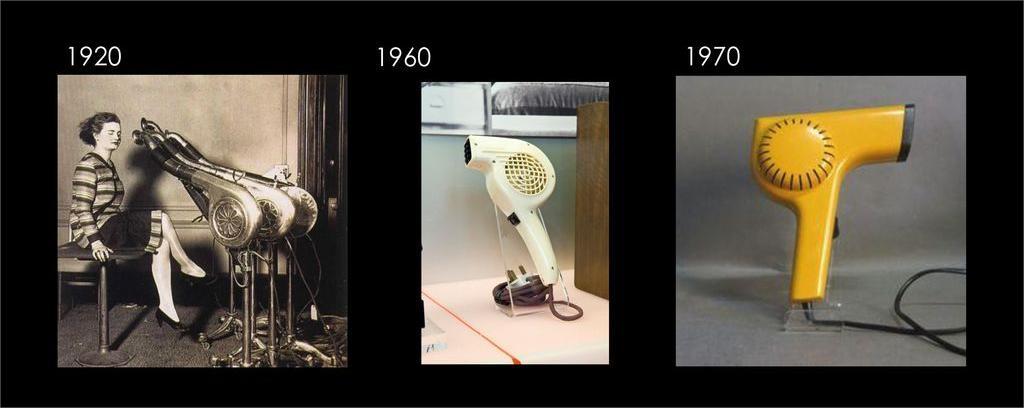
The Rising Popularity of High-Speed Hair Dryers
High-speed hair dryers have rapidly grown in popularity due to their promise of drastically reduced drying times and enhanced hair health benefits. This surge is driven by the busy lifestyles of modern consumers who demand beauty tools that not only deliver excellent results but also save time. Additionally, the allure of using less energy for the same task appeals to environmentally conscious users. Influencer endorsements and positive reviews have also played significant roles in boosting their popularity.
What Are High-Speed Hair Dryers?
High-speed hair dryers are characterized by their powerful motors and advanced airflow technology, designed to dry hair in significantly less time than traditional models. These devices often feature brushless motors, which provide a high velocity of air flow, and are engineered to maintain consistent heat levels to avoid hair damage from excessive heat exposure.
Key Features
Enhanced Motor Speed: High-speed hair dryers often boast motors that operate at higher rotations per minute (RPM), speeding up the drying process.
Temperature Control: Advanced temperature controls to prevent overheating and reduce heat damage.
Lightweight Design: Despite their powerful performance, these dryers are typically lighter, making them easier to handle and less fatiguing.
Noise Reduction Technology: Some models include design enhancements to reduce operational noise.
How They Differ from Traditional Hair Dryers
Compared to traditional hair dryers, high-speed models offer a more powerful airflow and faster motor speeds, which translate to quicker drying times. They often incorporate newer technologies such as ionic and ceramic components that help lock in moisture, leaving hair smoother and less frizzy. Additionally, their design tends to be more ergonomic, focusing on user comfort during use.
The Benefits of Using High-Speed Hair Dryers
Time Efficiency
High-speed hair dryers can cut down drying time by 50% or more, depending on the model and hair type. This significant reduction in drying time not only saves minutes in a user’s morning routine but also minimizes the hair’s exposure to heat, reducing potential damage.
Healthier Hair

These dryers are often equipped with technology that helps distribute heat more evenly and maintain a stable temperature, which reduces the risk of heat damage. Features like ionic technology help break down water molecules, allowing them to penetrate the hair for a faster and safer drying process that hydrates the hair rather than stripping away moisture.
Energy Efficiency
By shortening the drying time, high-speed hair dryers consume less energy per use compared to traditional hair dryers. This efficiency can contribute to lower electricity bills and a smaller carbon footprint, appealing to eco-conscious consumers.
Potential Drawbacks
Cost
High-speed hair dryers tend to be more expensive than traditional models, often costing two to three times more. While the benefits may justify the investment for some, the initial price can be a barrier for budget-conscious consumers.
Noise Levels
Despite advances in noise reduction technologies, the higher speed and power of these dryers can still result in higher noise levels compared to standard models. This can be a concern for users with sensitive hearing or those living in shared spaces.
Durability and Repair Issues
The complex technology and sophisticated components used in high-speed hair dryers can sometimes affect their durability. Repairs might also be more costly or difficult, given the specialized nature of their design and parts.
Technological Innovations Behind High-Speed Hair Dryers
Breakdown of the technology used
Explain the technical aspects that set high-speed hair dryers apart from traditional models. Discuss the motors’ power and speed, focusing on how these contribute to faster drying times without increasing heat to damaging levels. Explore advancements such as ionic technology, which helps to break down water molecules faster, and ceramic components that distribute heat more evenly, preventing damage.
Innovations in design and materials
Detail the innovations in the physical design and materials used in high-speed hair dryers that contribute to their performance and user experience. Cover aspects such as lightweight materials, which make the dryers easier to handle during extended use, and the ergonomic designs that reduce wrist strain. Additionally, delve into the aesthetic elements that appeal to modern consumers, such as compact shapes and fashionable colors or finishes.
Comparative Analysis
Comparing top models on the market
Create a detailed comparison of the leading high-speed hair dryer models currently available. Use a chart or table to lay out side-by-side comparisons of key features such as wattage, weight, noise level, heat/air settings, and additional features like diffusers or concentrator nozzles. Include visuals like product images or infographics to make the comparisons easy to digest.
The maxodo High-Speed Hair Dryer revolutionizes hair care with its 110,000RPM brushless motor, slashing drying time in half with a robust 23m/s airflow. Equipped with advanced ionic technology, it emits 200 million negative ions to enhance hair’s softness and sheen while minimizing frizz by locking in moisture. Tailor your drying experience with four heat settings and three airflow modes, complemented by a 360°rotating magnetic nozzle for precise styling. Lightweight and compact, this hair dryer is ideal for on-the-go use, providing salon-quality results quietly and efficiently with its innovative noise reduction technology.
Feature, price, and performance comparison
Deep dive into how these features translate into real-world performance and whether the cost of each model correlates with its capabilities and durability. Evaluate which models offer the best value for money, discussing factors like warranty periods and any included accessories. Highlight any models that stand out in specific categories, like the best budget-friendly option or the best choice for professionals.
Tips for Choosing the Right High-Speed Hair Dryer
What to Look for When Buying
When selecting a high-speed hair dryer, consider the following key factors:
Wattage: Higher wattage means more power, but it doesn’t always equate to faster drying. Look for a model that balances power with efficient airflow.
Weight and Ergonomics: A lightweight and well-balanced dryer can reduce arm fatigue, especially important for those with thick or long hair.
Heat and Speed Settings: Multiple settings allow for better control over styling and drying, which can help prevent heat damage.
Technology: Options such as ionic, ceramic, and tourmaline can enhance drying time and improve hair health by reducing frizz and retaining moisture.
Attachments: Diffusers, concentrators, and comb attachments can cater to different styling needs and hair types.

Safety Features: Automatic shut-off and heat sensors can provide added safety and prolong the life of the dryer.
Recommendations for Different Hair Types
Fine or Thin Hair: Choose a dryer with adjustable heat settings to prevent damage. Ionic technology can add volume without overheating the hair.
Curly Hair: Look for a dryer with a diffuser that can distribute the heat more evenly and enhance curl definition without causing frizz.
Thick Hair: A more powerful dryer with high wattage will save time. Ceramic or tourmaline technology can help manage and smooth thick hair efficiently.
Damaged or Color-Treated Hair: Low heat settings and advanced ionic technology can help dry hair gently and reduce further damage.
The Future of Hair Drying Technology
Upcoming Trends and Future Predictions
The future of hair drying technology is likely to focus on enhancing the health benefits and eco-friendliness of hair dryers:
Eco-friendly Innovations: Look for advances in energy-efficient models that offer maximum performance with minimal environmental impact.
Smart Technology: Anticipate features such as AI that can assess hair moisture levels and adjust settings automatically to optimize drying time and protect hair health.
Customizable Experiences: Expect further customization options, potentially through apps that integrate with your hair dryer to tailor settings to your specific hair type and condition.
How These Advancements Could Reshape Hair Care Routines
Advancements in hair drying technology may transform hair care routines by:
Reducing Time and Effort: Faster, more efficient drying times will streamline morning routines.
Improving Hair Health: Technology that minimizes heat damage could lead to healthier hair and reduce the need for additional hair care products.
Personalization: With more customizable options, individuals can achieve salon-quality results at home, tailored to their specific hair needs.
Conclusion
High-speed hair dryers offer significant benefits such as reduced drying time, improved hair health, and increased energy efficiency.
They also come with considerations like cost and potential noise level.
Choosing the right model requires understanding your specific hair type and needs.
While high-speed hair dryers may carry a higher price tag, their benefits in terms of time savings, reduced damage to hair, and advanced technology features make them more than just marketing hype. They represent a meaningful evolution in hair care technology, aiming to provide users with a combination of efficiency and hair health benefits. As technology continues to advance, these tools are likely to become even more integral to daily hair care routines, offering customized solutions that cater to the diverse needs of users.
Popular Post

Ultimate Guide to Using a Hair Dryer with Nozzle for Styling
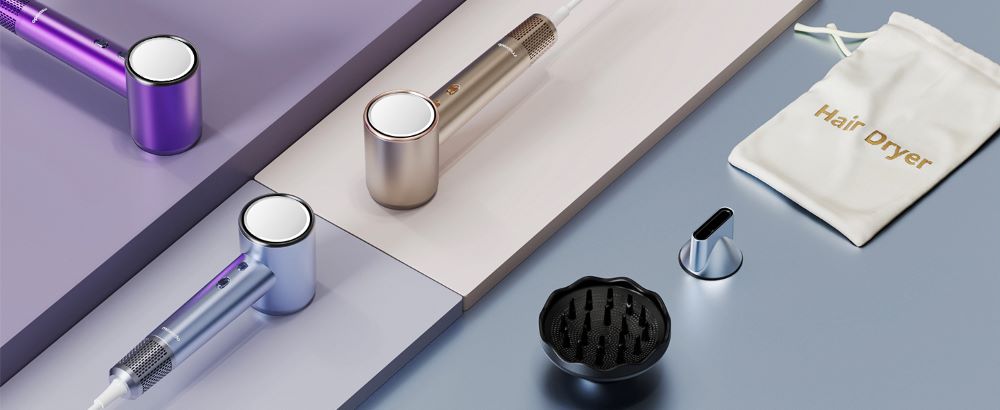
The Benefits of Using a Hair Dryer with a Diffuser
